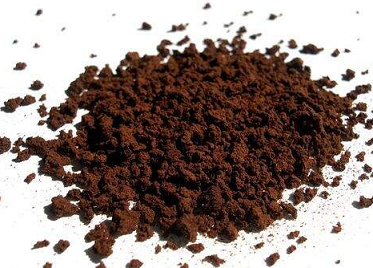| Chemical Properties | brown solid
 |
| Uses | 3,4-Dichloroaniline is used in the preparation of the herbicide propanil (P760840). |
| Uses | 3,4-Dichloroaniline may be employed as derivatization reagent for the HPLC analysis of perfluorooctanoic acid (PFOA). |
| Uses | 3,4-Dichloroaniline is used as an intermediate for pesticides and dyes. |
| Preparation | 3,4-Dichloroaniline is produced by catalytic hydrogenation of 3,4-dichloronitrobenzene with noble metal catalysts under pressure. Various types of additives prevent dehalogenation during production and reactors must be fabricated with special steel alloys to inhibit corrosion. |
| Definition | ChEBI: A dichloroaniline having the two chloro-substituents at the 3- and 4-positions. |
| General Description | Light tan to dark gray crystals or brown solid. Melting point 71-72°C. |
| Air & Water Reactions | Sensitive to prolonged exposure to heat, light and air. Darkens in storage. Insoluble in water. |
| Reactivity Profile | 3,4-Dichloroaniline is incompatible with oxidizing agetns, acids, acid chlorides and acid anhydrides. 3,4-Dichloroaniline can decompose at low pH. Hydrochloric acid accelerates decomposition. Reacts at temperatures above 356°F in the presence of ferric chloride . |
| Fire Hazard | 3,4-Dichloroaniline is combustible. |
| Metabolic pathway | The basidiomycete Filoboletus sp. TA9054 metabolizes 3,4-dichloroaniline and forms several condensation products on solid media and in liquid culture, and no oligomers are produced. Six metabolites are identified as 3,3'-4,4'- tetrachloroazobenzene, 4-(3,4-dichloroanilino)-3,3',4' - trichloroazobenzene, 4-[(3,4-dichloroanilino)-4-(3,4- dichloroanilino)]-3,3'4'-trichloroazobenzene, 2-(3,4- dichloroanilino)-N-(3,4-dichlorophenyl)-4- (chlorophenylene), 6-(3,4-dichloroanilino)-N-(3,4- dichlorophenyl)-4-(chlorophenylene), and 3,5-bis(3,4- dichloroanilino)-1,4-chlorobenzoquinone. |
| Purification Methods | Crystallise the aniline from MeOH. [Beilstein 12 IV 1257.] |